Two to one. That’s the ratio by which boys outnumber girls in the second period Calculus BC class at Palo Alto High School – and other Calculus classes are even less balanced. The large difference between the genders may seem unusual, but in fact many upper-level classes at Paly show imbalances in the proportions of each gender.
While Paly as a whole is 50 percent male and 50 percent female, according to the Department of Education, a number of courses show significant and sometimes overwhelming disparities in gender balance. For example, AP Calculus BC, AP Physics, AP Chemistry, and AP Biology all have around a 70 percent male majority, while AP English has a 70 percent female majority. There are several classes where more than 80 percent of the students are of one gender, and a couple of smaller courses even pass the 90 percent one-gender mark.
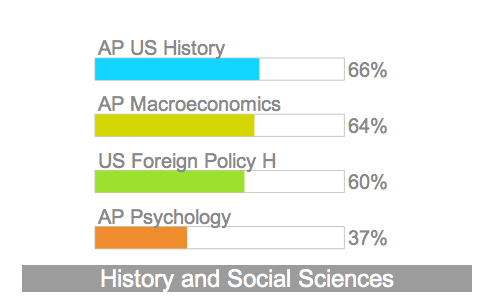
Significant gender disparities exist in many career areas as well: for example, men tend to be overrepresented in engineering, while women are overrepresented in teaching. Such discrepancies raise the question of whether they result from education gender gaps such as those at Paly – or whether they cause the imbalances by discouraging boys from taking classes in a female-dominated field, and vice versa.
Many of Paly’s classes are required for all students and so have balanced gender proportions, but advanced and elective classes tend to be skewed towards one gender or the other.
Most departments, except for math, tend to have some electives which are strongly male and some which are strongly female: in the Social Studies department, for example, there are nearly twice as many boys as girls in AP US History, while AP Psychology has almost the opposite ratio.
The math department tends to be mainly male in all of its higher level classes. However, Math Department Instructional Supervisor Radu Toma pointed out that the imbalance in high level math classes may not be as drastic as it appears.
“The common perception is that math is where the difference is huge,” Toma said. “And it’s not huge.”
In fact, according to Toma, this year’s BC Calculus class is an abnormality. Although 70 percent of the current class is male, last year’s course was nearly balanced, and next year’s course is predicted to be only 60 percent male, based on the current gender balance among Analysis students. However, Toma still acknowledges the disparity in gender.
“So, is there an imbalance?” he said. “There is — [but] I think far less pronounced than it is nationally. I think we’re doing much better than nationally. And I think one of the reasons [for this] is because we have so many female math teachers.”
According to the American Mathematical Society, only 18 percent of math professors in colleges nationwide are female. In comparison, 10 out of Paly’s 18 math teachers are female, and 11 of the 15 honors sections are taught by women.
“I think that’s one of the major problems at the national level, because [women] look at these colleges and all they see is men around,” Toma said. “So I’m actually quite proud of these numbers. It’d be nice if they were 50-50, I guess, but I don’t know if it matters that much if its 53-47 or 47-53, as long as there’s no crazy weirdo 93-7.”
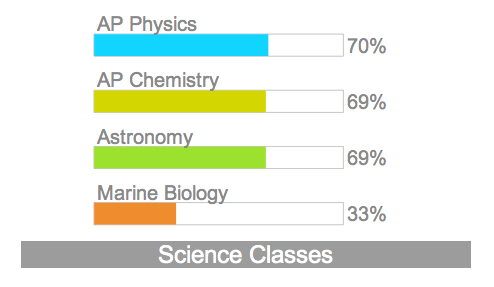
According to Josh Bloom, the instructional supervisor of the Science Department, teachers and administrators across Paly have discussed the issue of gender disproportion.
“Gender balance in the STEM [Science, Technology, Engineering, and Mathematics] fields is something that we as a nation are looking more closely at,” Bloom said. “This is a complex cultural issue with no easy answers, but it is something we are aware of. … Considering what role we can play at the high school level to encourage greater gender balance in STEM fields is certainly of value.”
Principal Kim Diorio also referred to the imbalance as a larger issue, rather than as a situation unique to Paly.
“I’ve always noticed [the imbalance] during my time here,” Diorio said. “I think you would find that other schools are facing the same kind of trend. … There’s a lot of talk in national and local media about girls and STEM education and what we can do to support girls and women so that they’re encouraged to participate in those kinds of courses.”
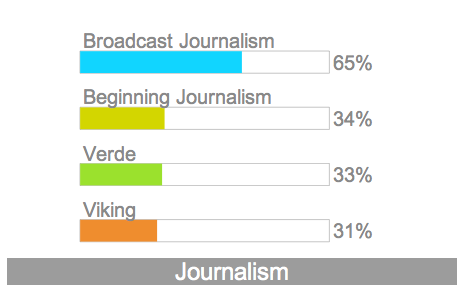
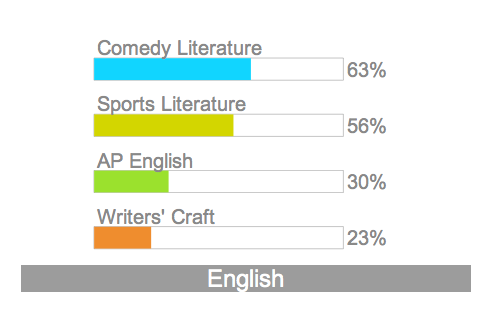
Diorio referred to possible policies responding to the imbalance as in progress. She noted that Paly was entering its Western Association of Schools and Colleges (WASC) accreditation cycle, in which a group of students, teachers, parents and administrators evaluates various aspects of the school and develops possible improvements. Gender proportions in classes could be one of the issues the process addresses.
“We’re looking at it, talking about it, working on it,” she said. “It’s definitely something we’ll be looking at as we go into the WASC, to try and figure out why and what causes [gender gaps].”
According to Diorio, the root cause of the gender differences is not as important as making sure that the issue is being addressed.
“There is some brain-based research that supports why this happens, but there are definitely some solutions we could put in place to encourage more female participation in math and science,” Diorio said.
Explanations of the nationwide phenomenon vary, but the imbalance clearly exists across the United States. According to data from the Organization for Economic Co-operation and Development, the U.S. has one of the most pronounced gender gaps in the world with respect to proficiency in science and math. Most Western European countries show a similar but smaller disparity, while teen girls mostly outperform boys in the rest of the world.
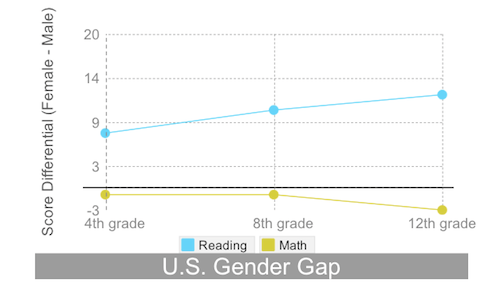
Many Paly students, however, do not find being part of a minority gender in a particular class discouraging. Senior Corbin Dodd, for example, said he is not daunted by the imbalance in his choir class, where there are more than twice as many girls as boys.
“It feels pretty normal [to be in a mostly female class], to be honest,” Dodd said.
Junior Olivia Johnson, who is in an overwhelmingly female Algebra 2/Trigonometry class, expressed a similar sentiment.
“I’m pretty sure there are six guys in my whole class,” Johnson said. “It doesn’t bother me that much.”
Other students, such as senior Audrey DeBruine, are concerned about the implications of the gender disproportions in various classes. DeBruine, who is a student in the heavily male AP Calculus BC course, specifically addressed the lesser number of women in STEM fields.
“I do think it’s an issue that in this math class I’m sitting in right now it’s like eight girls versus like twenty guys,” DeBruine said. “I think it’s fine that some girls might not like math and like English better, but I think the larger problem is that girls aren’t really being encouraged to enter into math and science fields at a younger age. Obviously it [the imbalance] shows that boys are [being encouraged].”
Many students and faculty are confident the gender disparity will lessen over the long run, especially as the school implements new programs aimed at increasing access to subjects that currently have less diversity.
“You know, one of my visions for our high school, maybe five years down the road, is for us to have a STEM program, a STEM academy [designed to increase female participation],” Diorio said. “We could do a biomedical pathway, and an engineering pathway. When we get to that point, I would hope that we would see that gender balance was no longer an issue. We would have that true balance.”
All diagrams in this article reflect enrollments in courses at the beginning of the fall 2013 semester. Current proportions may differ by up to several percentage points due to transfers and drops. Data provided by Assistant Principal Kathleen Laurence. Tim Melvin contributed to this report.


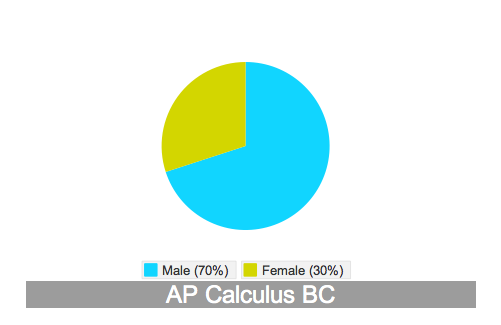
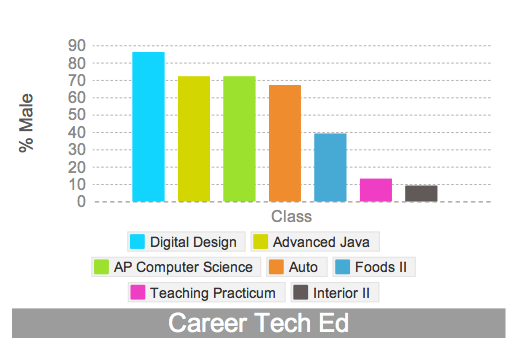
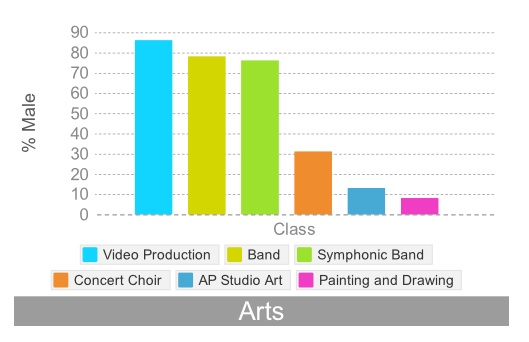
anonymos • Dec 13, 2013 at 3:38 am
while I agree with the gender disparities in STEM, I wonder why STEM is always the focus, and why the gender disparities in the language and art departments are left aside. Yes, we should promote science and math among girls, but no one every says we should promote humanities and arts among boys, while courses like AP Studio Art and AP English have similar proportions of girls as the AP sciences have boys
Christina • Dec 11, 2013 at 4:55 am
While it’s great that Paly’s working to make girls more interested in science-related fields, can we also talk about the imbalance between natural science and social science/humanities departments? What is with this stigma in Palo Alto (especially in the male population, but also Paly students in general) that English and the humanities is for some reason less valuable than math and science?
(Disclaimer: no data to back this up, but just from anecdotal evidence. Also, although we’re strong in just about all the fields [except world languages really needs to step it up…], we definitely put a lot more thought into improving math and science instead of English/social sciences [which also leads to an achievement gap problem but I won’t go into that rant now].)
But either way, great job, Paly Voice! This was very interesting! (I do however suggest putting the words of the categories next to the graphs next time, since looking at the legend can get confusing. Also, male to female graphs would also be nice, just to make it not male-centric.)
Drew Keller • Dec 11, 2013 at 10:18 pm
Thanks for the input, Christina! The humanities – science balance would definitely be another interesting phenomenon to look into. In regards to your suggestions, unfortunately our current software does not allow us to create two-part graphs. We considered making some of the graphs percent male and some percent female, but in the end we decided that this was too confusing and it would be better to be consistent. More of the surveyed classes had male majorities, so we ended up using percent male throughout the article. In the future we’ll try to find a better way to deal with this problem and the legend issue.
TheGypsyCart • Dec 11, 2013 at 4:34 am
I also wonder why the male population for classes that require a lot of critical thinking, such as AP lit, is similarly disproportionate. Has there been a bias from the start, pushing girls into such categories because of the belief that they can’t handle STEM as well and pushing boys into STEM because we usually are crazy devils that can’t sit still, so we are forced to just sit and do multiplication tables?
I know that through all my years of school I have felt completely unprepared to deal with such processes as English in its finer forms. The shock from coddling in 8th grade to being thrown into a shark tank in 9th definitely left me with a bad taste in my mouth and a hatred and envy for those that were prepared for it.